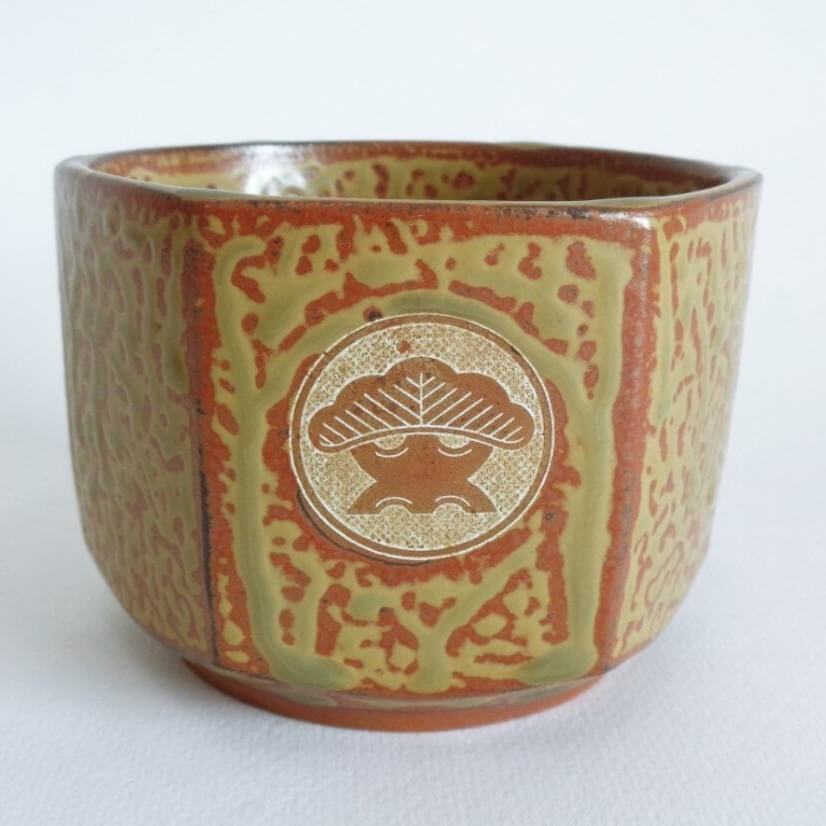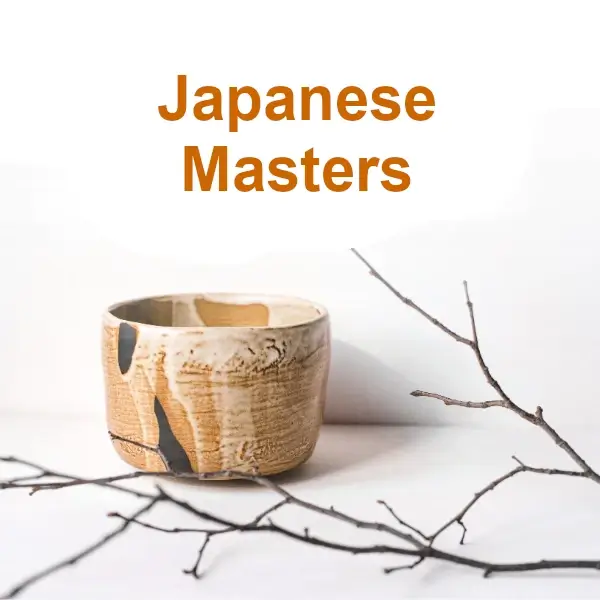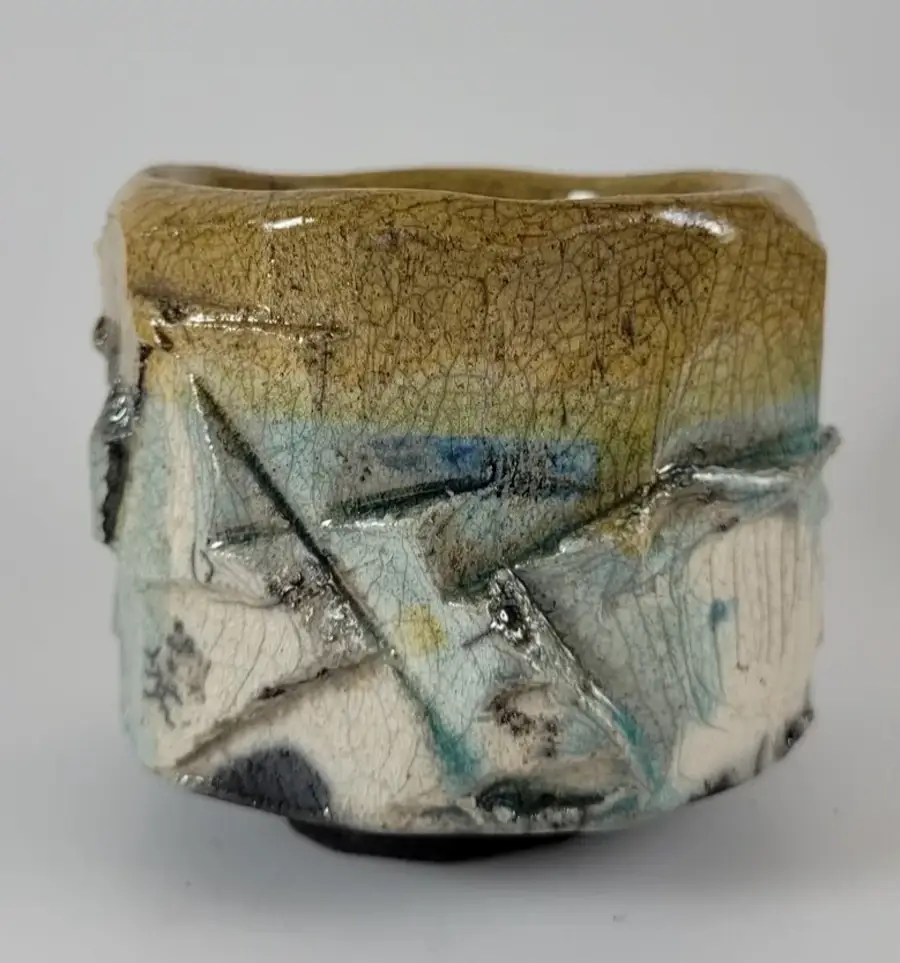Shigaraki Pottery: A marvel of Japanese craftsmanship
Shigaraki ware, known as Shigaraki-yaki, represents one of Japan’s oldest and most valued pottery traditions. It originates from the Shiga region. This art form noted for its robustness and earthy aesthetic. It comes from one of the Six Ancient Kilns of Japan, recognized for its unique techniques and cultural impact over the centuries.

What Shigaraki-yaki pottery looks like
Shigaraki pottery is famous for its warm orange sandy clay, which is obtained from the shores of Lake Biwa. This clay gives the pottery exceptional durability and an archaic flavor in its forms. The irregular contours and textured surface with fire-string marks or “hidasuki” and “burn marks” or “koge” are emblematic of Shigaraki-yaki, a product of direct contact with flames during the firing process in anagama kilns. These kilns, built into the hillsides, allow for a variable atmosphere during firing, resulting in unique effects on each piece.
Shigaraki: One of six ancient kilns
Since its beginnings in the 8th century, Shigaraki ware has played a crucial role in Japanese culture, especially in the tea ceremony, where Shigaraki pieces were highly valued by tea masters such as Takeno Sho-o and Rikyu in the 16th and 17th centuries. The evolution of Shigaraki-yaki throughout the Muromachi and Momoyama periods, and its integration into everyday life during the Edo period, underscore its importance in the history of Japanese ceramics.
Shigaraki pottery, with its rich history, distinctive techniques and special place in Japanese culture, continues to captivate collectors and pottery enthusiasts around the world. Its ability to balance tradition with innovation ensures that Shigaraki-yaki remains a living cultural treasure, rooted in the past but always moving forward into the future.
The famous Tanuki figurines originate from Shigaraki.
The Shigaraki Ceramic Culture Park
More than just a museum, this park is an immersive experience into the world of ceramics, offering a unique window into the traditions that have shaped Japanese aesthetics over the centuries.
Shigaraki, one of Japan’s six ancient kilns, is celebrated for its distinctive pottery, known for its earthy texture and natural, unglazed beauty. The Cultural Park not only celebrates this centuries-old tradition, but also revitalizes it, offering workshops, exhibitions and residencies for contemporary artists. Strolling through its expansive facilities, visitors can observe artisans in their element, molding the country’s future heirlooms with their hands.
The crown jewel of the park is the Museum of Contemporary Ceramics, where ceramic masterpieces from around the world are on display. Here, innovation meets tradition, and the pieces on display challenge conventional perceptions of ceramics, inviting visitors to contemplate the evolution of the art through time and cultures. The fusion of old and new is palpable, creating a dialogue between the masters of the past and the visionaries of the present.
In addition to galleries and workshops, the park offers a serene environment that reflects the harmony of nature with art. The meticulously manicured gardens, dotted with art installations and ancient kilns, invite reflection and rest, allowing visitors to connect with the very essence of Shigaraki. It is a place where the hum of modern life fades away, replaced by the whisper of the wind through the trees and the gentle murmur of potter’s wheels.
Shigaraki Ceramic Cultural Park is not just a destination for art or history enthusiasts; it is a transformative journey for anyone seeking to understand the beauty in simplicity and the importance of preserving traditions while embracing change.
In this space, each path traveled and each piece observed is a reminder that art is not just to be seen, but to be experienced, lived and felt. It is a tribute to the human ability to create beauty from the earth, a legacy that Shigaraki has honed over the centuries.
The best works in Japanese ceramics
Yoshimi Futamura: A Journey Between Ceramics and Visual Poetry
Exploring the unique art of Muan Nakazato: Ceramics with Soul



